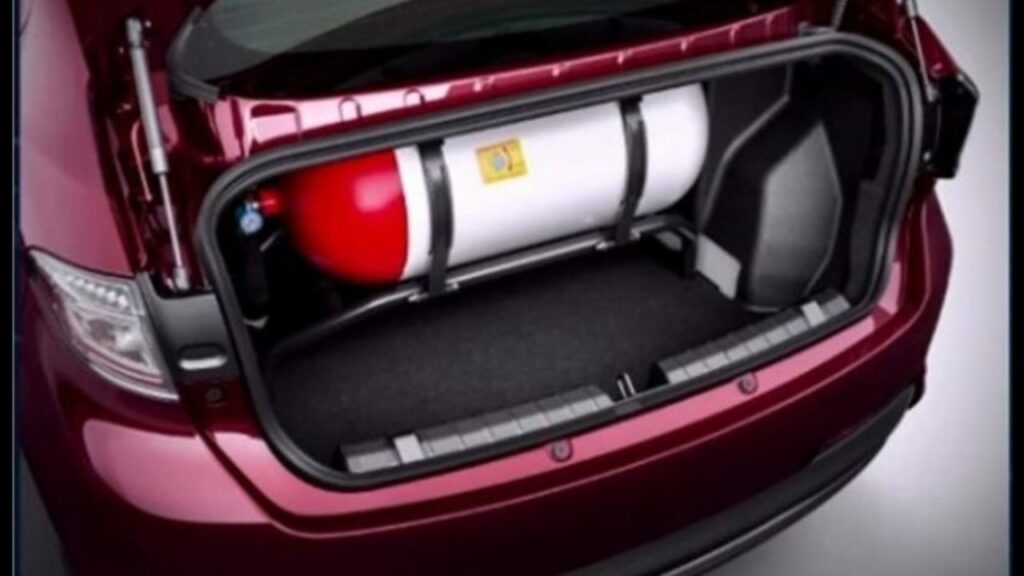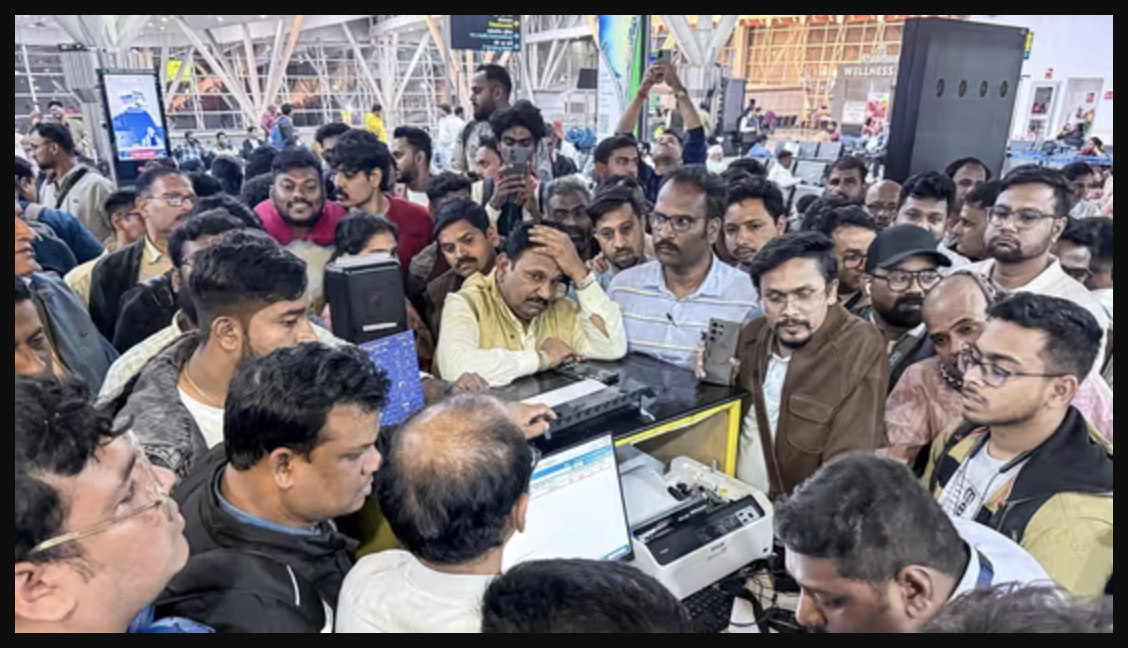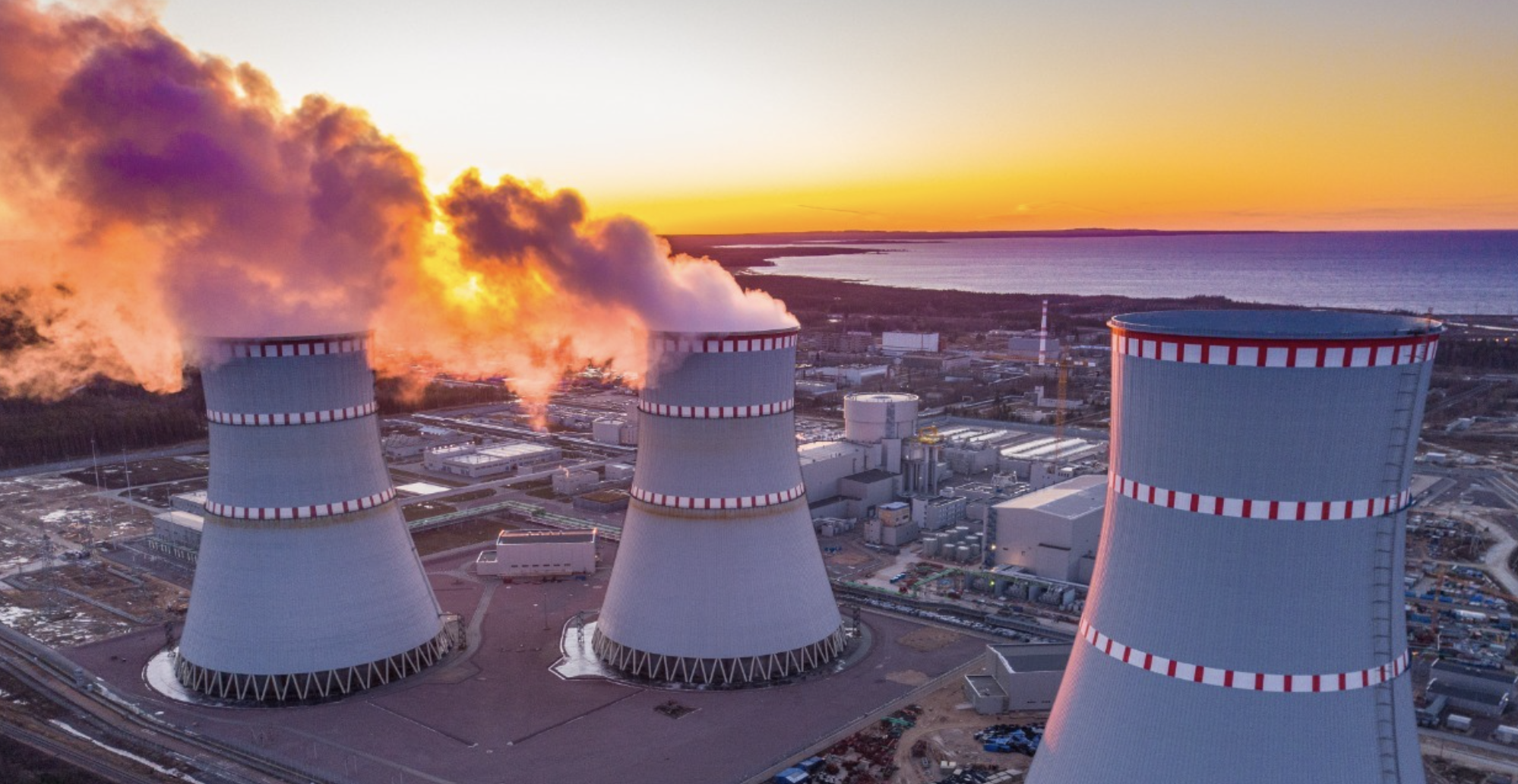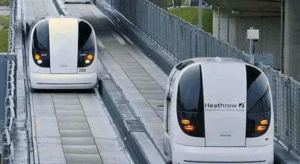The Indian CNG vehicle market is set for significant growth, with sales expected to touch 1.1 million units in FY25. This expansion is fueled by:
- A government push towards cleaner fuels.
- A growing network of CNG filling stations, which will surpass 7,400 by the end of FY25.
- A wider range of CNG vehicle models now available in the market.
The total CNG vehicle count in India will reach 7.5 million, a threefold increase from 2.6 million in FY16, reflecting a 12% CAGR.

Key Factors Driving Growth
- Infrastructure Expansion: The number of CNG stations has grown from 1,081 in FY16 to 7,400 in FY25, reducing refueling congestion and enhancing customer experience.
- Increased Model Availability: Over 30 CNG car models are now available, compared to only a handful a few years ago.
- Cost Savings in Commercial Vehicles: CNG penetration in commercial fleets has risen to 10-11%, thanks to lower operating costs.
- Two- & Three-Wheeler Adoption: The introduction of CNG two-wheelers is gaining traction, while three-wheelers face stiff competition from EVs despite a 28-29% penetration rate.
Challenges Facing CNG Growth
Despite strong demand, the Crisil report highlights potential roadblocks:
- Rising Gas Sourcing Costs: The reduction in Administered Pricing Mechanism (APM) gas allocation for CNG—from 68% in October 2024 to 37% in November 2024 before a partial revision to 50% in January 2025—has led to cost hikes of ₹2-4 per kg.
- Limited Price Adjustments: CGD companies have kept CNG price hikes minimal (₹1-3 per kg) to stay competitive, impacting their profit margins.
- EV Competition: The rising popularity of electric and hybrid vehicles poses a challenge to long-term CNG growth.
Policy Measures for Sustainable Growth
To maintain CNG’s competitiveness, the report suggests:
✅ Bringing natural gas under GST for uniform taxation.
✅ Lowering excise duty on CNG to keep prices affordable.
✅ Providing tax incentives & subsidies to boost adoption in urban areas.
With these measures, CNG can remain a viable alternative fuel in India’s rapidly evolving mobility landscape.













